Gov Ponders Action to Tackle Broadband Pole and 5G Mast Complaints
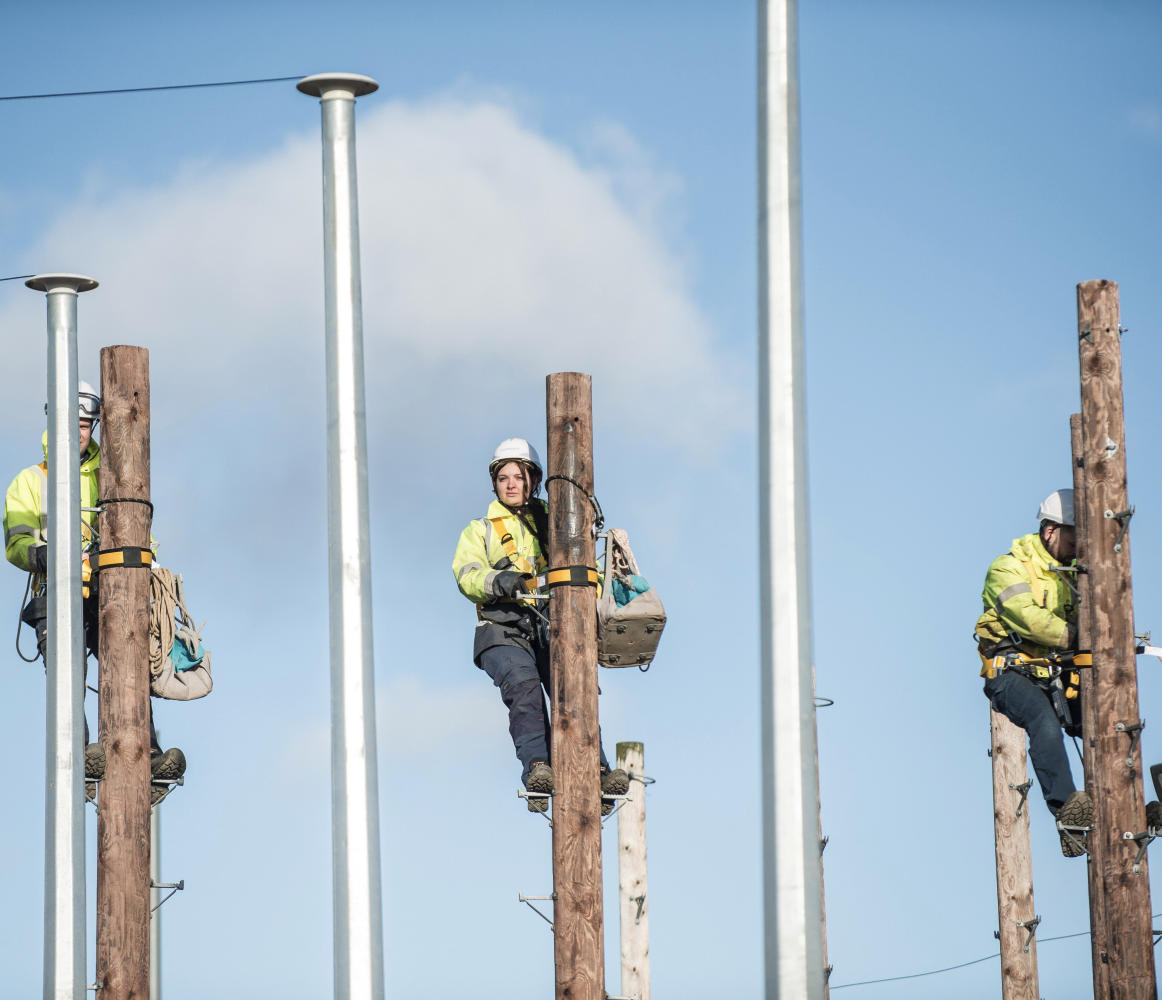
The UK Government’s Digital Infrastructure Minister, Julia Lopez, has revealed that she will next week hold a roundtable with colleagues, as well as Ofcom, to discuss rising community complaints against the use of broadband poles and wireless masts to deliver digital infrastructure. But this time, some action may follow.
Despite being a common sight across the UK (Openreach alone have around 4 million of them), a fair few people find poles ugly and often bemoan the lack of prior direct consultation before installation. Such issues can also become particularly emotive when they’re deployed into areas that haven’t previously had them before, where too many poles are already deemed to exist or engineers fail to follow safety rules while building (examples here, here, here, here, here, here, here, here, here, here, here and here).
Similar gripes are often levelled against mobile masts too, although it often only takes one of those to cover a wide area and bigger installations often require planning permission. By comparison, poles that are used to carry overhead cables on streets (telecoms or electricity) can often be deployed under Permitted Development (PD) rights with only minimal prior notice.
Network operator’s often use poles because they’re significantly cheaper, less disruptive and quicker to deploy than running new trenches down pavements. Sometimes they may even be the only viable option due to the limitations of the area (no existing ducts or space for new trenching etc.). The high cost of trenching also means that poles often make the difference between an area getting a competitive full fibre network or being skipped.
However, sometimes the complaints against such infrastructure can also run the risk of straying too far into the depths of NIMBYISM or conspiracy theories. For example, we remember when some people began opposing and even attacking 5G mobile masts, as well as engineers, out of a preposterously nonsense belief that COVID-19 was being spread or created by their radio signals (fact check).
This week also saw broadband operator MS3 take flak in Hull (East Yorkshire), again, after they were accused of being “disrespectful” for having deployed one of their poles near a war memorial (here). But a quick look at the pictures on that article show the pole sitting, on the opposite side of the main road, away from the memorial itself, which itself is already surrounded by various other street lights, signs, pedestrian crossings and so forth. Nevertheless, MS3 do plan to review the placement, but it’s a good example of how tricky it can be to placate every grumble and find the right balance.
Lest we forget that a large group of network operators recently called on the UK Government and Ofcom to urgently help tackle a recent rise in attacks – often committed by criminal gangs and vandals – against vital national telecoms infrastructure and the engineers who build it (here). Not all of these attacks are related to the complaints we’re covering today, but some has been.
A Change of Approach
The government has, thus far, been largely supportive of broadband and mobile operators in their UK deployments, which are in turn helping to deliver their coverage targets for digital infrastructure (Project Gigabit, the Shared Rural Network and so forth). In fact, a lot of this work wouldn’t be occurring without that support and the Government’s prior moves to cut red tape, which has helped to drive a massive programme of related infrastructure upgrades.
At the same time, the Government knows there’s a General Election looming and, as similar complaints grow, politicians may increasingly feel a need to do more than merely play lip service to the issue. Suffice to say, there’s a very difficult balancing act to be performed. But the first solid sign of a real change in approach appeared to come during yesterday’s Westminster “5G Mast: Greater Manchester” debate in parliament.
However, despite the title, the debate was much more focused upon broadband poles and the impact of IX Wireless’ (6G Internet) bespoke fixed wireless access masts in the area (these are much bigger than regular poles and nothing to do with 5G or even 6G mobile). But the most interesting bit is what Julia Lopez, the government’s digital minister, said in response to all this.
Digital Infrastructure Minister, Julia Lopez, said:
“I am trying to establish the extent of the problem. I know it is an issue in pockets of the country—the number of Greater Manchester MPs here today is testimony to that. Although this debate is about a specific area, there is also a challenge in relation to the whole area. Reference was made to the private Member’s Bill tabled by the right hon. Member for Kingston upon Hull North (Dame Diana Johnson) and to specific issues with the way the market operates in the Kingston upon Hull area. It seems that there are also particular challenges in Greater Manchester with specific operators.
I am holding a roundtable with colleagues next week, I believe, and I hope we will get a better sense of how geographically widespread this issue is, and whether we need to take action against particular providers or deal with specific issues on the ground, particularly in Hull. When I meet Ofcom next week, I hope to discuss this issue in some detail.
I will set out the general policy aim, and then the next steps that we will take to address communities’ concerns. It is absolutely right that they are addressed, because this is not what we want to happen. There is an overall and well-supported policy aim on connectivity, and we do not want the broad support for the connectivity agenda to be undermined by bad practice. As the House knows, reliable, fast digital connectivity is vital for the prosperity of our country. We are working hard to ensure communities across the UK can get those services at prices they can afford.
That is not just about connectivity needs now; increasingly, healthcare will be delivered in a technologically enabled way, more education will be provided in that way and so will economic opportunities. For me, it is important that we ensure every part of the country has fantastic connectivity. I do not want a digital divide to emerge.
The hon. Member for Oldham West and Royton said that this issue is disempowering for communities, but that is precisely the opposite of our intention. The policy intention is to empower communities by ensuring they have the infrastructure they need. I do not want them to feel that this is leading to a deterioration of the overall amenity of their areas.”
Julia also touched on the thorny issue of infrastructure sharing, which could help to reduce some of the disruption, and the minister appears keen to take a closer look at this issue. “The whole intention is for that roll-out to be done, not through new poles, new masts and all the rest—notwithstanding the fact that they will be required in some areas—but through much better sharing of existing infrastructure,” said the minister.
Ofcom already enables network operators to share Openreach’s ducts and poles, such as to run new fibre cables, as part of a regulated product (Physical Infrastructure Access) that works reasonably well. But then you also have situations like the one in Hull, which we’ll cover below.
The law does also require KCOM to fairly share access to their existing infrastructure in Hull (ATI Regulations), but operators expecting the same level of access, flexibility and affordability as PIA from Openreach have run into problems with KCOM’s confidential commercial terms. KCOM do make all the right noises on this front, but it may take greater intervention from Ofcom to cause a significant shift (a usually very slow process).
However, this becomes a much more complicated problem when you ask smaller and much more vulnerably alternative networks to do the same, due to issues (often legal ones) of balancing competition and investment. Several alternative networks (AltNets) have already banded together to find a solution (here), but it’s presently unclear if they’ll be able to reach a productive agreement and how many operators may end up supporting it.
As we’ve said before, local authorities are limited in their powers to stop new poles, and the UK government knows it can’t impose any significant new restrictions without potentially damaging their coverage targets and thus billions of pounds worth of inward investment in new digital infrastructure. In that sense, we suspect that Julia Lopez may look to produce new guidance, within the current rules, to help combat “bad practice“. But it remains to be seen whether that will have any teeth.
Lest we also forget that quite a lot of people would still be happy to see poles if it meant they could access more affordable full fibre broadband, but such voices are often drowned out by vocal campaigners. On the other hand, there’s a General Election looming and, as similar complaints grow, politicians clearly now feel they need to do more than merely play lip service to the issue.
Mark is a professional technology writer, IT consultant and computer engineer from Dorset (England), he also founded ISPreview in 1999 and enjoys analysing the latest telecoms and broadband developments. Find me on X (Twitter), Mastodon, Facebook and Linkedin.
« CityFibre Begin UK Fibre Broadband Consolidation with Lit Fibre Buy UPDATE4
Leave a Reply Cancel reply
This site uses Akismet to reduce spam. Learn how your comment data is processed.
Privacy Notice: Please note that news comments are anonymous, which means that we do NOT require you to enter any real personal details to post a message. By clicking to submit a post you agree to storing your comment content, display name, IP, email and / or website details in our database, for as long as the post remains live.
Only the submitted name and comment will be displayed in public, while the rest will be kept private (we will never share this outside of ISPreview, regardless of whether the data is real or fake). This comment system uses submitted IP, email and website address data to spot abuse and spammers. All data is transferred via an encrypted (https secure) session.
NOTE 1: Sometimes your comment might not appear immediately due to site cache (this is cleared every few hours) or it may be caught by automated moderation / anti-spam.
NOTE 2: Comments that break our rules, spam, troll or post via known fake IP/proxy servers may be blocked or removed.
Latest UK ISP News
- FTTP (5538)
- BT (3518)
- Politics (2542)
- Openreach (2300)
- Business (2267)
- Building Digital UK (2247)
- FTTC (2045)
- Mobile Broadband (1978)
- Statistics (1790)
- 4G (1669)
- Virgin Media (1625)
- Ofcom Regulation (1467)
- Fibre Optic (1396)
- Wireless Internet (1392)
- FTTH (1382)






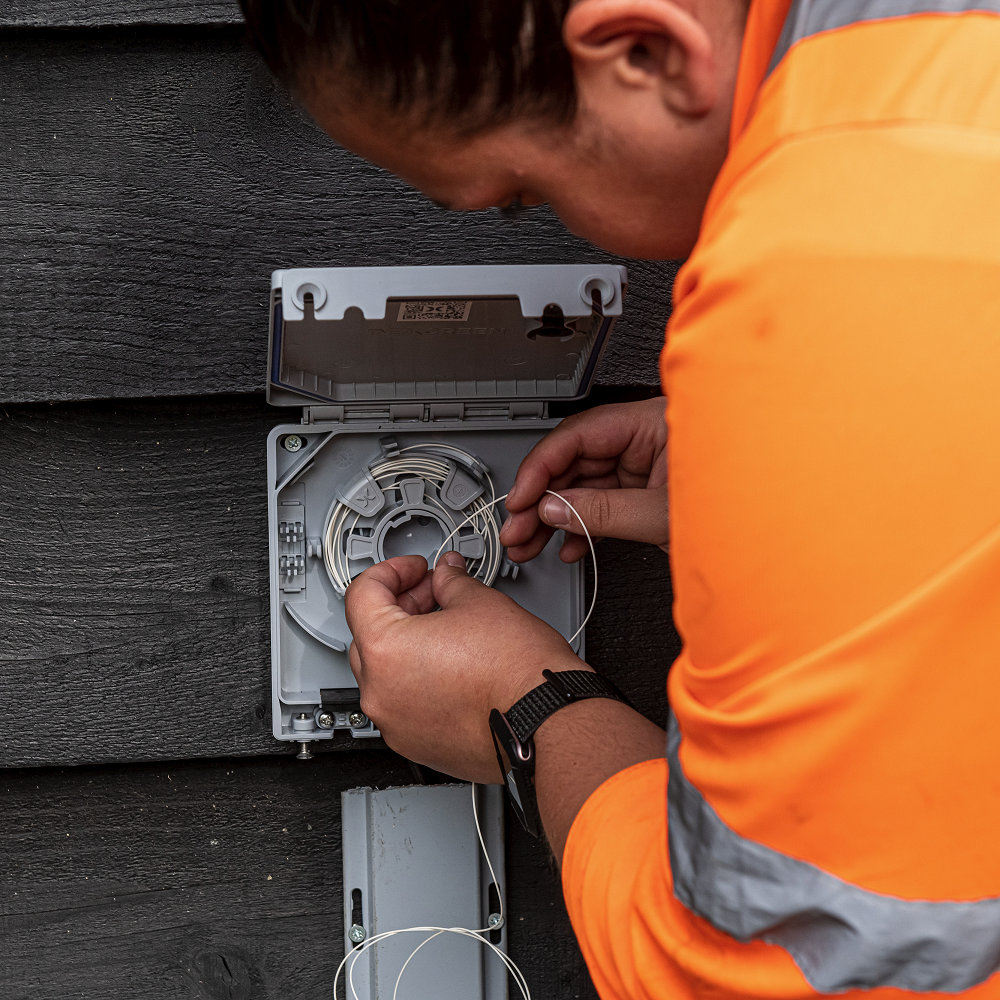

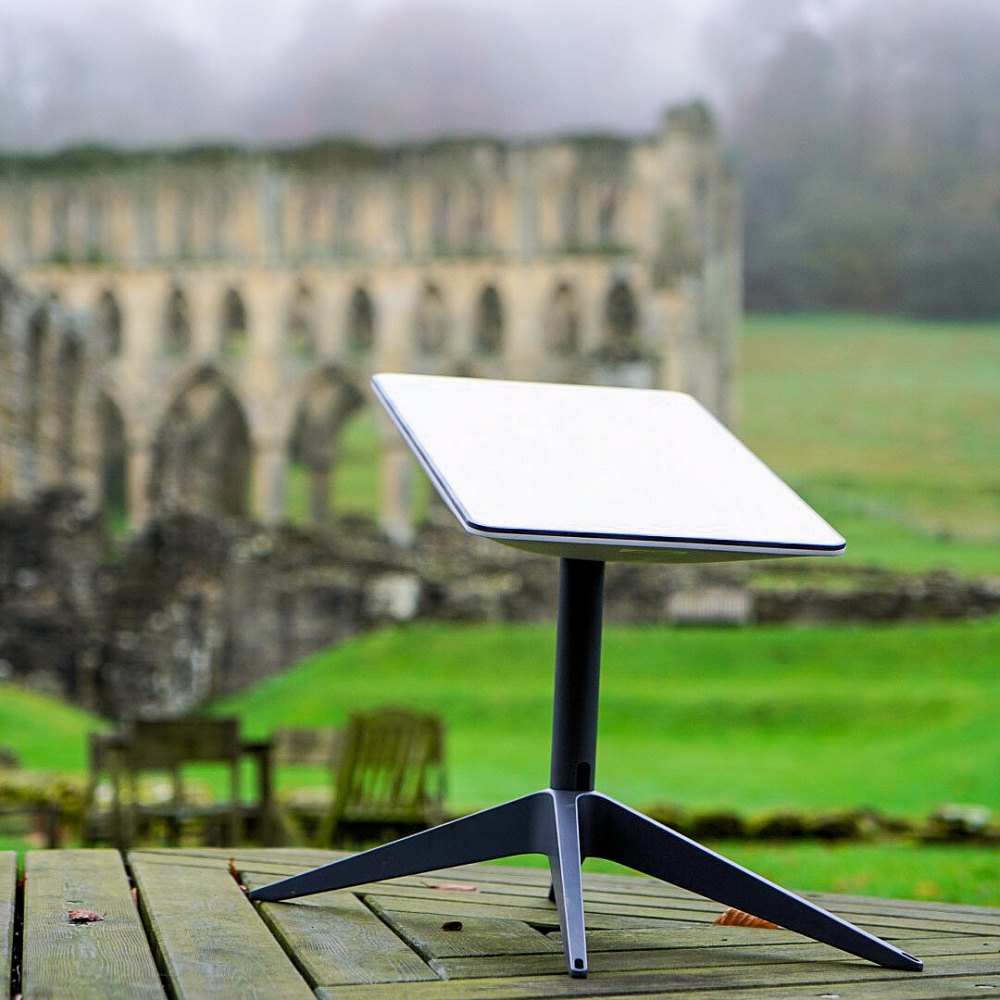
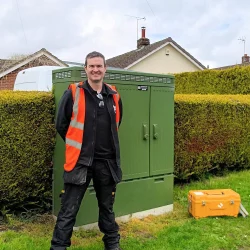
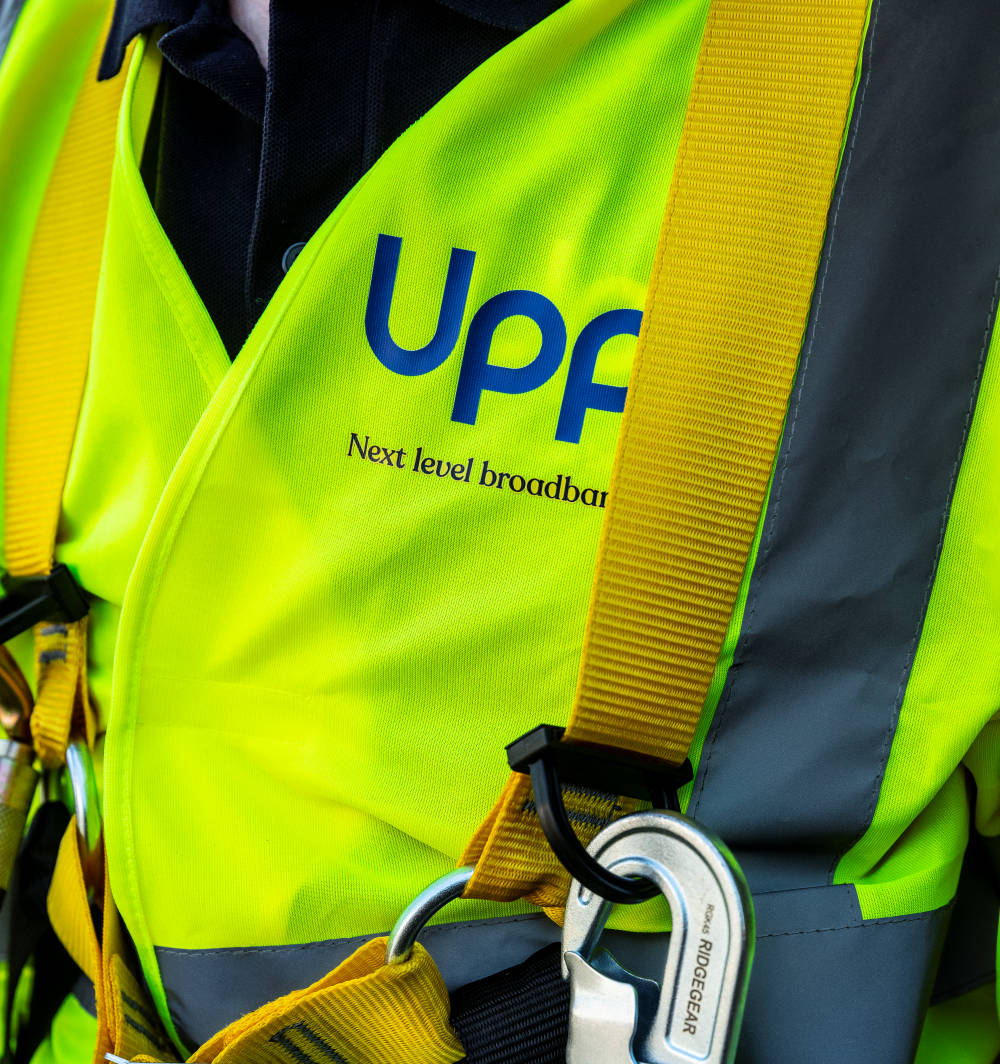

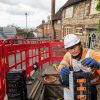


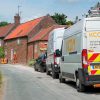







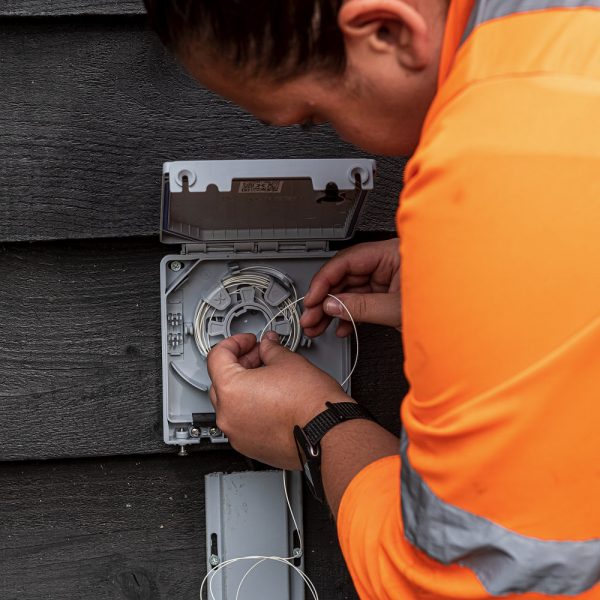
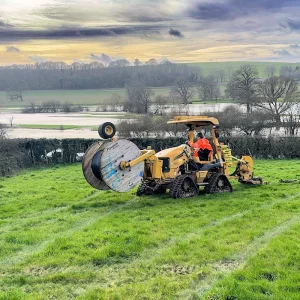

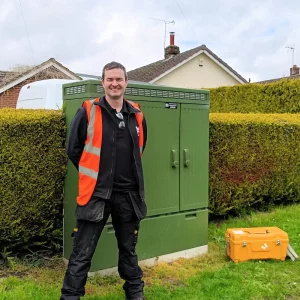































Next they’ll be banning lamp posts.
It’s supid ideas like this why we can’t have nice things.
Just use that wonderful 20th century invention, The SKYHOOK !!
Not everyone needs to be online 24/7 at high speed, but might enjoy their nice street or views out of their window. I live in a street with no telegraph poles, yet a cable TV company managed to install cable TV decades ago under ground (now owned by Virgin) and they never used poles, so why are they the only option now?
This is important infrastructure, even if you don’t mind poles, you should mind the fact that critical infrastructure is left literally flapping in the breeze. The long term plan is to turn of radio and TV transmitters and we just receive everything via our Internet connection, so it becomes even more critical, certainly during any sort of emergency.
This is a once in a lifetime opportunity to build a resilient data network and replace the old copper network, so it needs to be done right, otherwise as customers we will be paying for the ongoing maintenance of wires on poles that was always the weak point of the telegraph!
A few weeks ago I invented the underground street light.
So far, take up has been immense.
Got investors willing to plough in £3bn and provisional loan facilities for another £1.5bn
why don’t openreach etc remove the old copper wire when installing fibre? that would make things less messy
Phil – most of those cable tv companies that rolled out their own networks went bust and their assets bought cheap by bigger companies.
That’s how it was done.
No one wants this rubbish.
The exception is spotty blokes living in their mum and dads basement playing goblins and wizards on a PC.
The houses on our road cost over a million pound each, we fought hard to make sure this industrial garbage is placed elsewhere.
Now I work hard to stop 5G masts accoss the country – The Telcom industry can burn ; )
Meanwhile, the streets are strewn with litter and flytipping is crazy.
No thanks to spaghetti wiring from multiple providers putting up poles all over the place.
Use each others pits and poles as a first – that’s BT and Altnets. VM’s HFC areas are usually full of coax but as they transition to fibre and get rid of coax they may have room too.
While some areas are squabbling over the installation of poles…….Our town has over 95% pole coverage, has 15 properties with Openreach FTTP and the remaining 1600+ premises cannot get anything. Openreach and other altnets have no plans for our town yet all the other major towns and villages are live or planned. No chance of gigabit vouchers or subsidy from project gigabit either according to procurement maps and 3 miles up the road in the next town they have a minimum of 2 FTTP options.
Open up Kingston, Virgin and Altnet ducts to PIA and this problem largely disappears.
PIA needs to made mutual and at a fixed price set by Ofcom. If an area does not have FTTP and poles are the only economic way then so be it, but if it is already served by an underground FTTP network then poles are harder case to make.
@Big Dave agree if there are ducts then they should be used with a common PIA agreement. If it’s direct bury or microduct fibre then there’s a problem when an alternative wishes to install.
The concept of all houses and streets having one common fibre standard and all going back to shared patch panels in roadside cabinets where they are optically connected to the appropriate provider network, would simplify the last leg mess we see now. Also if the ONT connector is standard there would be no need to install another fibre to the actual house, just swap the ONT.
When all said and done the competitiveness is in the backend and network connection tech, and the front end services ISPs offer. There’s nothing “special” about the bit of string that actually connects the house to the pole
I’ve said this for some time now. Three are in big trouble with the ICNIRP fraud. Will be interesting what punishment they suffer.
Personally, I think parked cars and roads are more of an eyesore than telegraph poles. Stops kids playing in the street, prevents any kind of communal street activities, reduced green spaces, etc.
Here here!
5G masts are ugly and it’s easy to make them less intrusive: paint them green or brown. Why are they white? The new one and its enormous adjacent cabinet here sticks out like a sore thumb from the brown houses, green bushes, and trees it sits between. The green VM and OpenReach cabs are hardly noticeable in comparison.
Another option is to force mast sharing, or even take public ownership of masts and rent space to the mobile networks. This will minimise the amounts of masts needed.
I agree 5g masts are fugly, thicker than street lamps with the three oddly sized boxes at the base. They are also being deployed right next to people’s homes in some cases which I assume is due to a combination of limited range, land ownership and ability to provide the necessary services to it. However it’s like zero thought has been put into the aesthetics of these which would have helped blend them into the environment and hopefully caused less objections. What happened to the days of thoughtful street furniture design like post and phone boxes.
Listen to you all moaning about rubbish it’s ether that then Openreach Digging up the roads with months of delays and cost and the chaos
Personally, I’m looking forward to the return of Open Sewers, funeral pyres (With surviving partners opting to throw themselves on too), the plague death man and his cart, trial by ordeal, flown gas mains, cobbled streets, gas street lamps, penny-fathings, coal bunkers, stephenson’s rocket, side-wheel steamers, abacuses, lantern-slides and open nucleur piles under sports stadia seating (Crikey, that’s almost as good as Hedley Lamarr’s list)
Virgin (Aka Telewest, AKA Harrow Telecable) buried their co-ax underground 30 years ago . . and the economy is now twice as large as it was then.
Poles are yesterdays technology.
Flown cables are going to be more vulnerable to the coming changes induced by climate change, let alone the predations of human kind:-
https://www.bbc.co.uk/news/uk-england-cornwall-68543367
https://www.youtube.com/watch?v=KDm3zCvN4ao
https://www.youtube.com/watch?v=fLpmswBKVN4
I’m currently working in the Middle East. In Dubai, even through desert areas there is an ugly 5G structure every 300meters or less.
This will never be accepted in the U.K. There has to be a big rethink, 4G is superior to 5G.
I think it’s an awareness thing, and with awareness comes a better attitude, of course the older generation who’ve grown up without technology (even though we had our National Grid, telephone services, plus police/ambulance all coming from structures above ground, plus the forget that there’s loads of cabinets in the street) but they don’t fully understand how online fully works.
Some on here (remember this is a fringe edge of case website which will attract more people into this kind of thing) know about it, but most day-to-day users don’t know how the system works – a friends Dad thought Netflix came via Sky through the dish?! (laugh all you want but that’s an awareness thing)
Poles are here to stay (sorry but there a necessary evil) plus I do find it funny when people moan about this stuff so they can moan, had a guy kick off about pole at a friends estate, yet he was the one who campaigned hard for FTTP in the street – which brings me nicely back to awareness!
You are dreaming if you think anyone wants this crap.
The public are more than happy with 4G and decent broadband.
There is no chance people will accept these poles just so people like you can play high speed wizard and Goblins. Grow up!
Screw the nimbys on here 4g is way to slow for 100GB digital games on ps5 and xbox series x
Just curious, does anyone around here know what the typical take-up rates of FTTP are? In an area where FTTP is available to all but FTTC is still available, what percentage of households are ordering FTTP?
Thanks
In general most are using PIA and not using poles. If there is no ducting poles are the only real viable option though
I can’t help thinking that if Code operators didn’t have permitted development rights to install poles, then new ducting would suddenly become viable. Call me cynical if you wish.
I think residents are well within their rights to ask for underground services, if they are willing to stump up the extra money themselves.